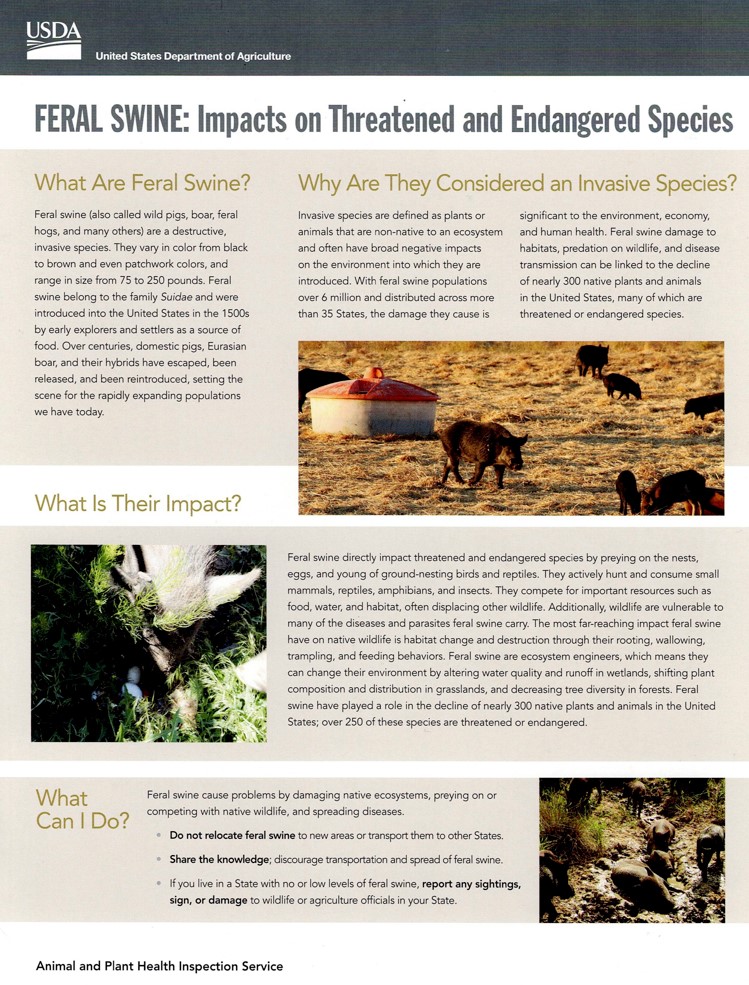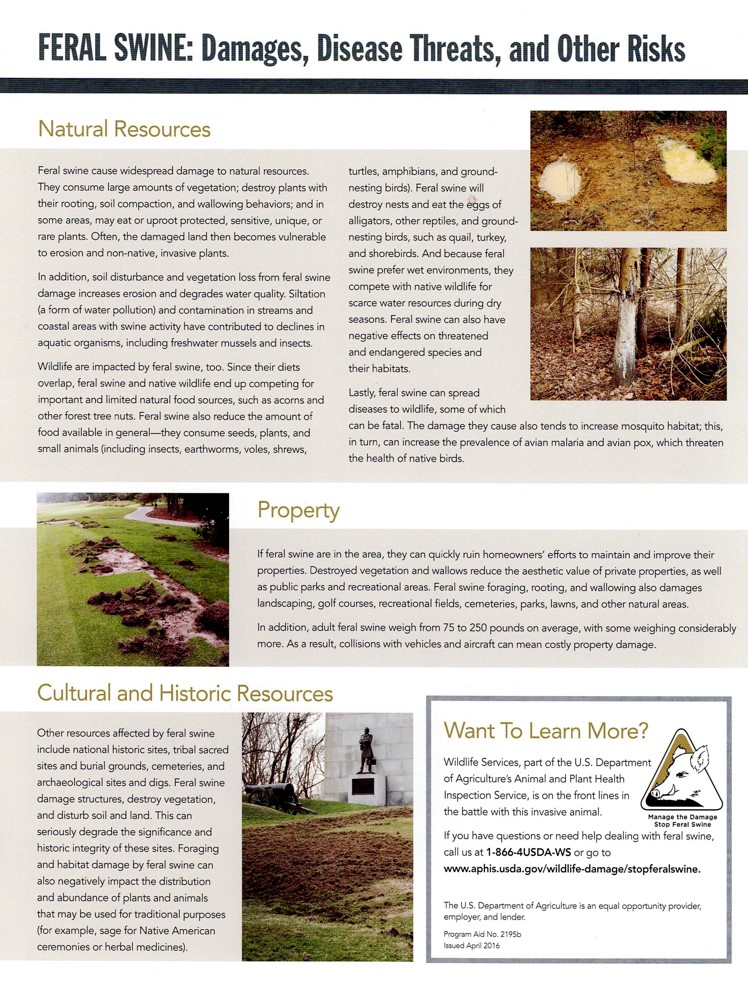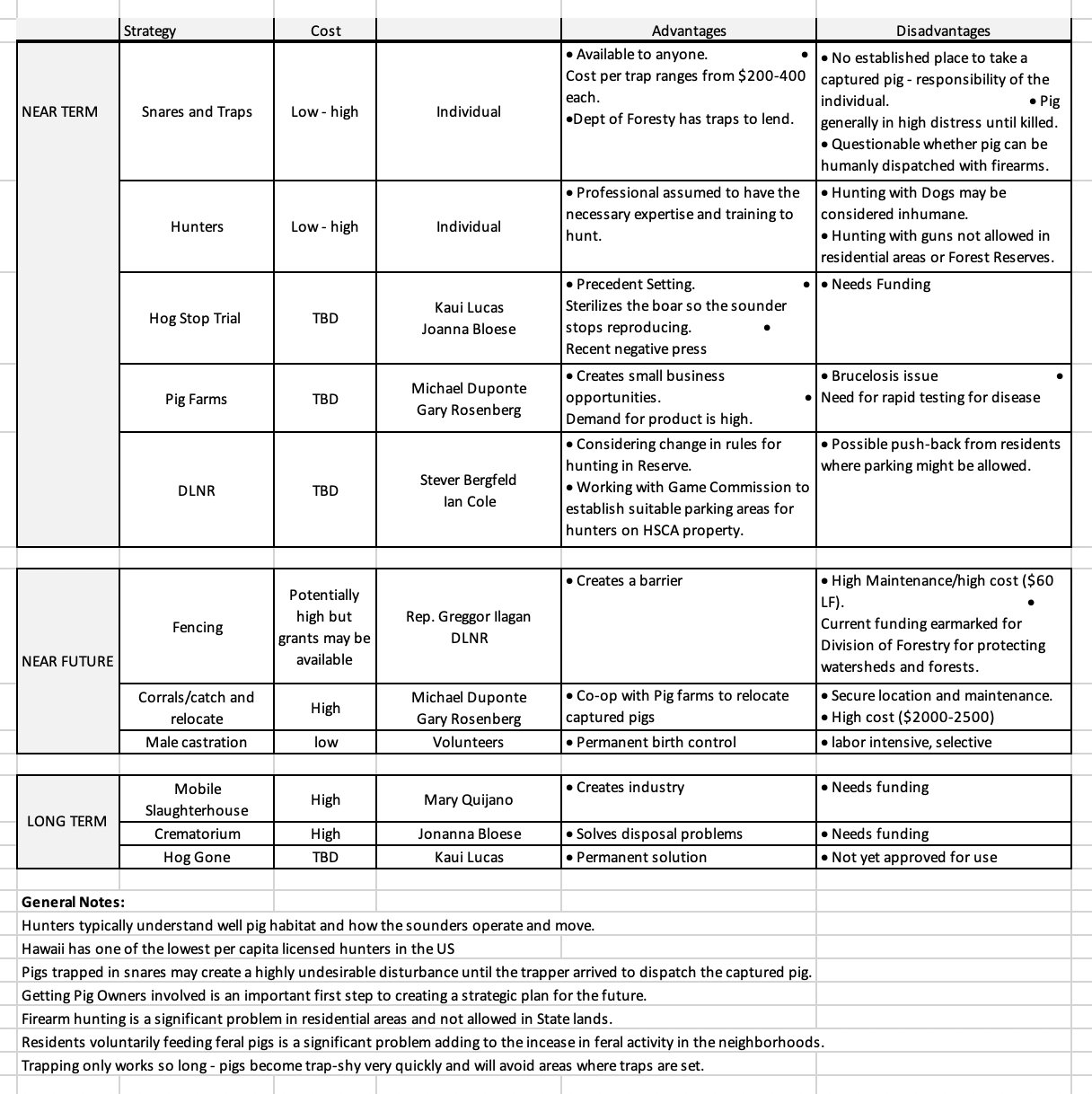Feral Animal Control Committee (FACC)
No regular meeting time, contact info@hawaiianshores.org
The Hawaiian Shores Community Association Feral Animal Control Committee is an ad hoc committee open to all residents that was organized in May 2022 in response to complaints and observable destruction by feral pigs in many areas of the community. It evolved into a funded grant program under Malama O Puna entitled the Big Island Feral Pig Control Project. The committee is primarily focused on the feral pig problem but has been organized to address all aspects of feral animal control including but not limited to, feral pigs, feral cats, feral chickens, and such. The committee recommended alerting our members not to feed Feral animals (cats, chickens, or pigs) as doing so violates the HSCA CC&Rs. HSCA also provides the Stables free of charge about once a month or so for spay/neuter cat clinics to reduce Feral cat populations. The County’s animal control program is now housed with the Mayor’s Office and the Kahakai Neighborhood Watch (KNW) is working to bring the newly hired administrator to a KNW monthly meeting in early 2024. You can contact the KNW to particiapte and receive notices of their monthly meetings on the 3rd Thursday of the month at 6 pm by emailing: kahakaineighborhoodwatch@gmail.com
In mid 2022, the committee met with State and County legislators and officials, Department of Land and Natural Resources department officials, USDA officials, hunter groups, private commercial vendors, and interested residents. Toward the end of 2022, a proposal was submitted for financial resources to create a demonstration project using the newest technologies in culling groups of feral pigs (called “sounders”). The proposal was eventually awarded in June 2023 to Malama O Puna a 501c3 nonprofit and County Research and Development funded the project under the name “Feral Pig Control Project”.
As part of this effort, hunting rules for the Nanawale Forest were expanded in January 2023 to add more hours and days that pig hunters could hunt within the reserve which borders the subdivision on the south boundary. The bag limit was also doubled. The committee met with hunter groups and DLNR representatives to designate policies and safe entry points from our community into the Forest.
The committee continues to monitor best practices and new technologies with the purpose of capitalizing on any method or opportunity to decrease the size of the feral pig populations within and nearest to our community. We are working with Representative Greggor Ilagan of District 4 to produce an expanded list of hunters who can be contacted to trap feral pigs.




